The Amazon Rainforest
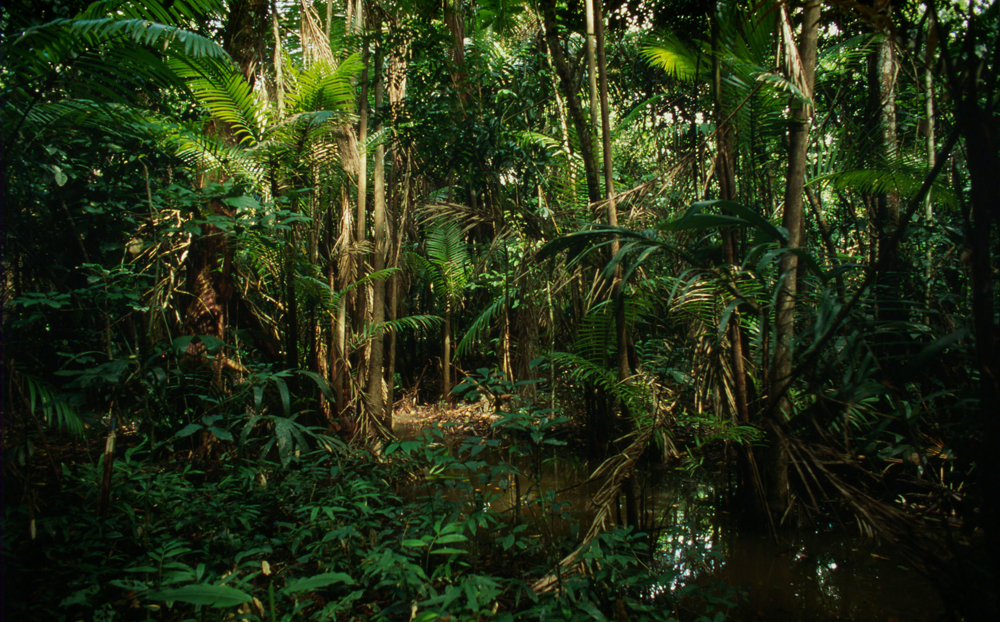
On May 21, 2014, the Brazilian government, World Wildlife Fund (WWF) and partners announced the creation of a $215 million fund to ensure long-term protection of the world's largest network of protected areas — 150 million acres of the Brazilian Amazon rainforest .
In the last ten years, this partnership effort has already resulted in almost 100 protected areas encompassing 128 million acres — a mix of tourist sites, biological research areas and sustainable use areas where local people can harvest natural resources. The challenge over the years, however, has always been long-term financing to properly manage these areas. The $215 million will be used as a transition fund to be paid out to Brazil over 25 years. During that time, Brazil will gradually increase its own contributions with the intention of establishing permanent financing.
Not only does a network of protected areas that size have immense conservation implications (carbon, freshwater, biodiversity, etc), it also presents a new model for large-scale conservation that can be applied in other countries.
Aerial View of Peru
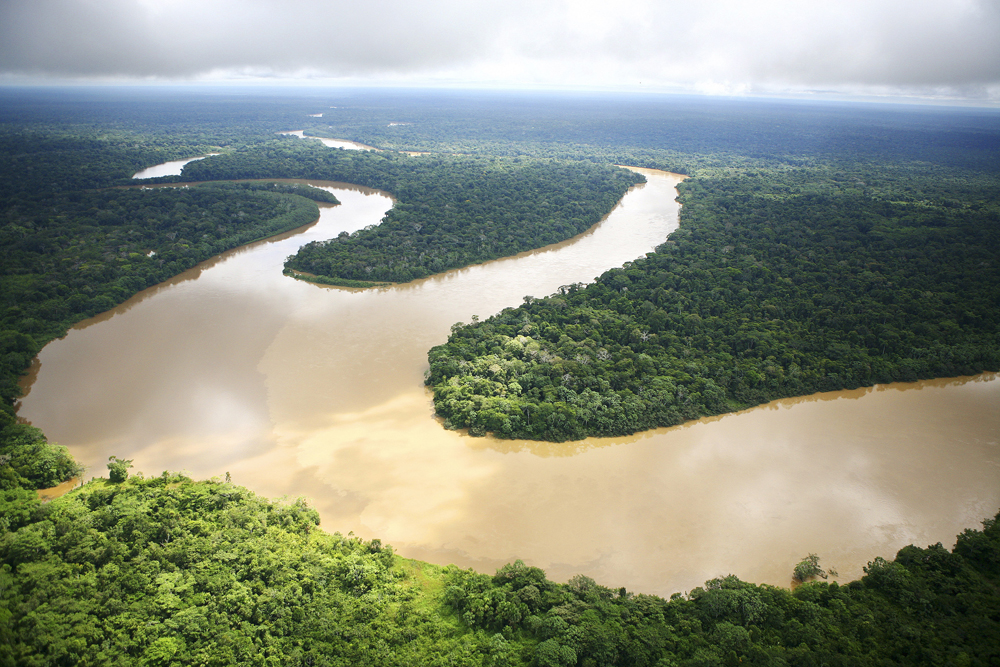
By 2020, 150 million acres will be protected in the Brazilian Amazon. This is the equivalent of one and a half Californias or the size of Spain.
Blue and Yellow Macaw
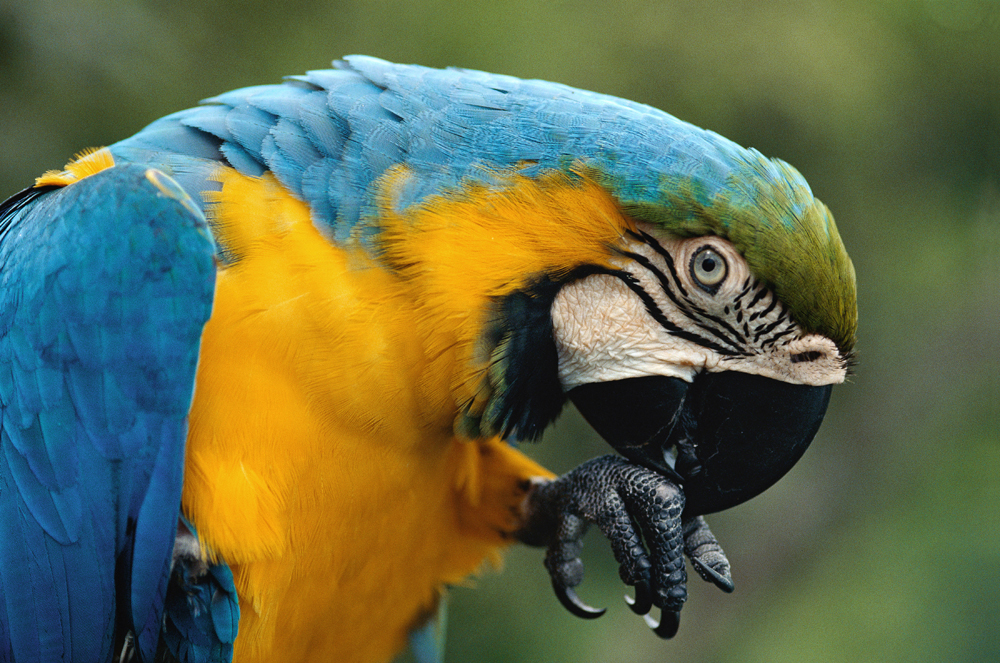
The Amazon is home to more than 1,000 species of birds, including the vibrant and iconic blue-and-yellow macaw.
Cutting a Tree in The Amazon
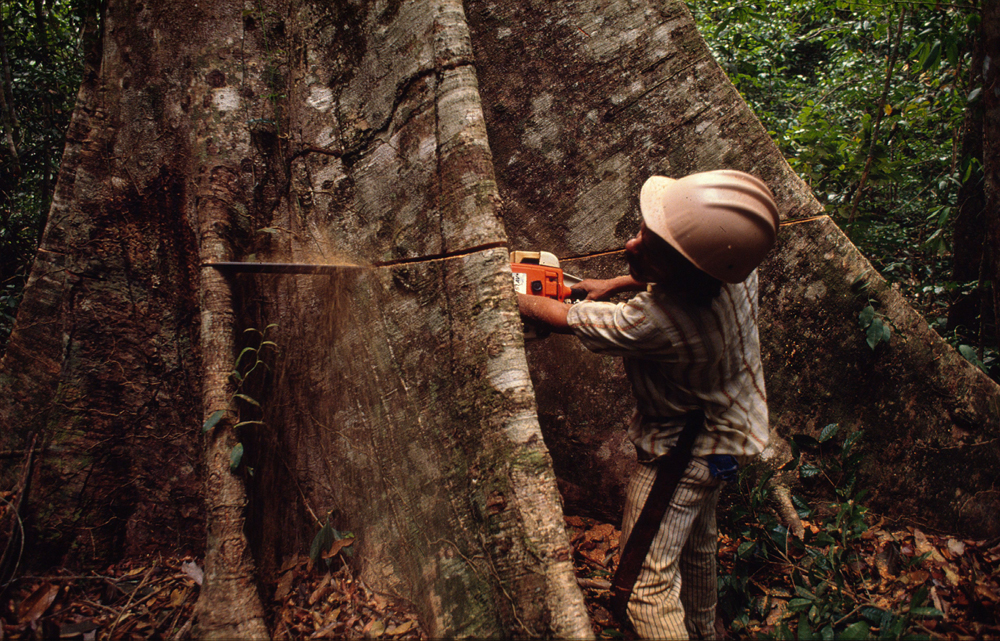
This protected area network is slowing the spread of deforestation—down 75 percent from 2000 to 2012.
The Amazon RIver
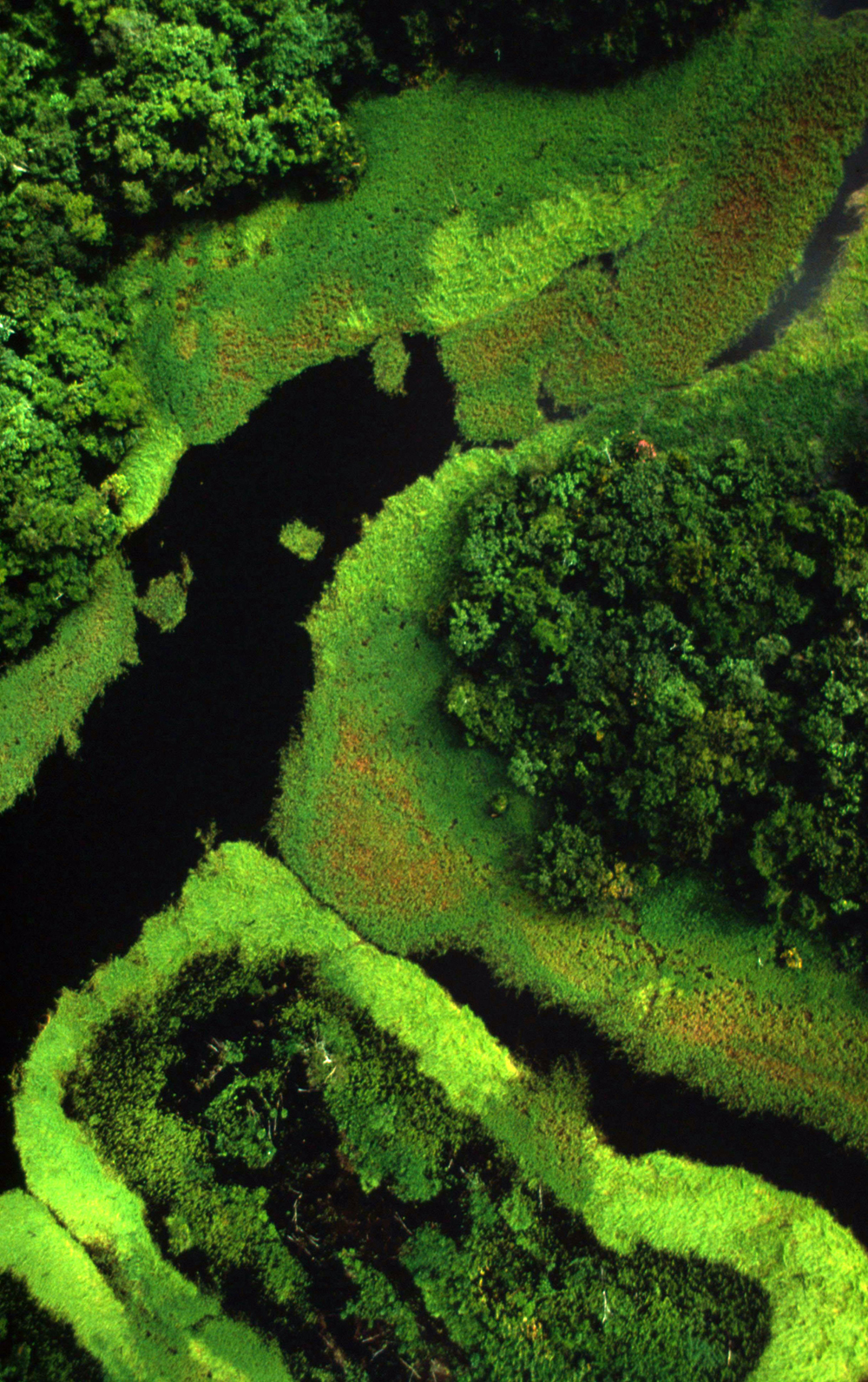
The Amazon and its tributaries contain almost 20% of the river water on earth.
Sign up for the Live Science daily newsletter now
Get the world’s most fascinating discoveries delivered straight to your inbox.
Amazon Jaguar
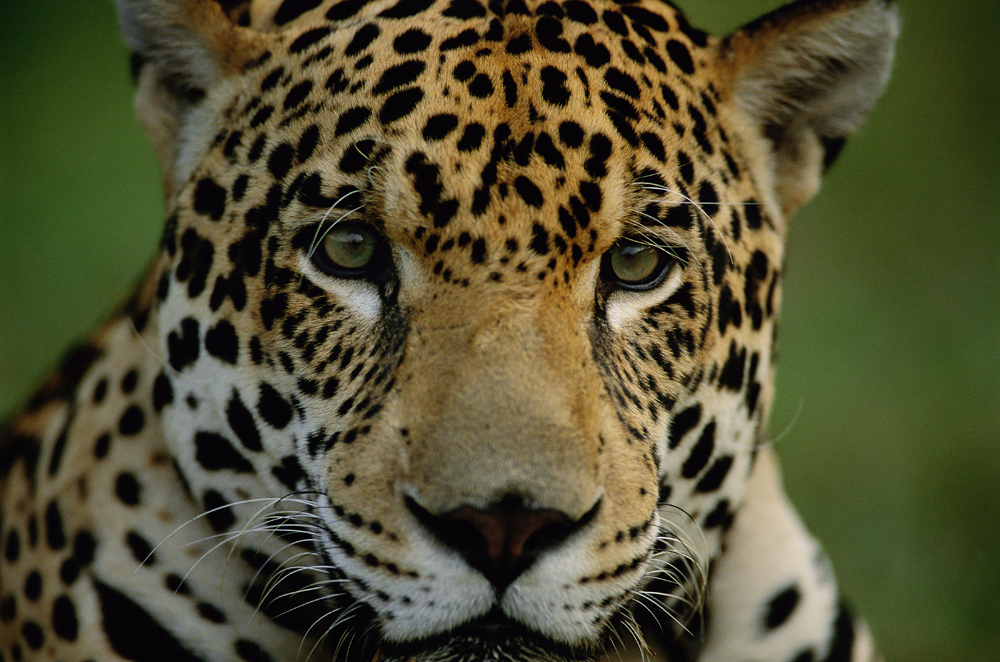
Jaguars need stretches of river bank and large areas of tropical rain forest and grasslands—like those protected under this program—to survive.
Woman Selling Rubber Shoes
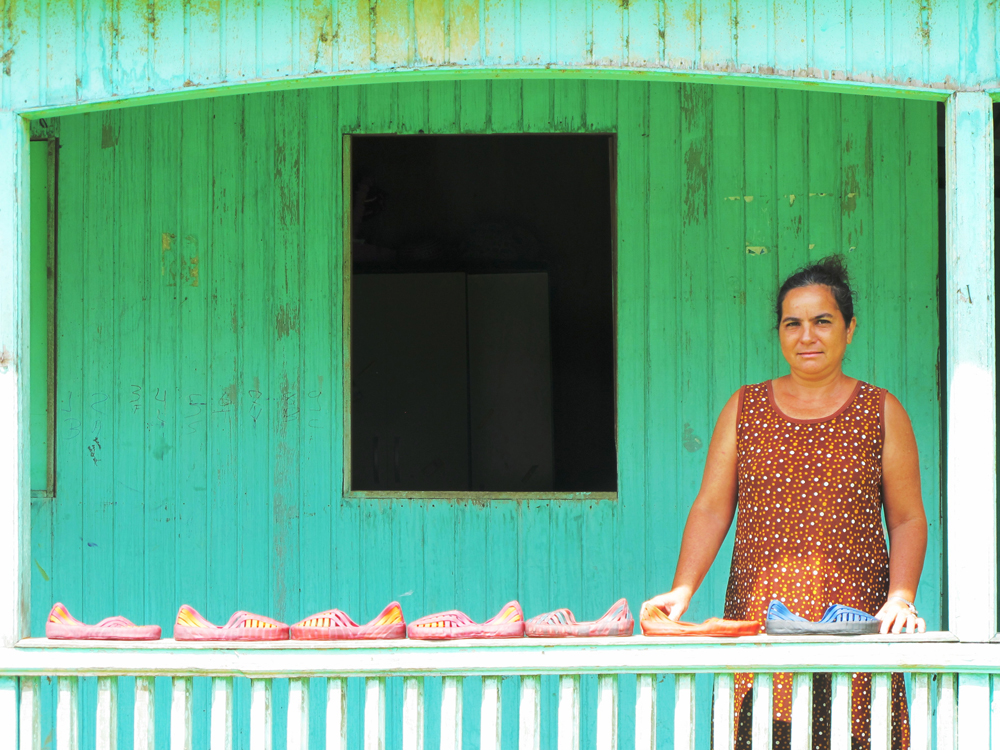
This program supports community projects—like these sustainably-sourced rubber shoes for sale—for people in the region.
Kayapo Boy in Brazil
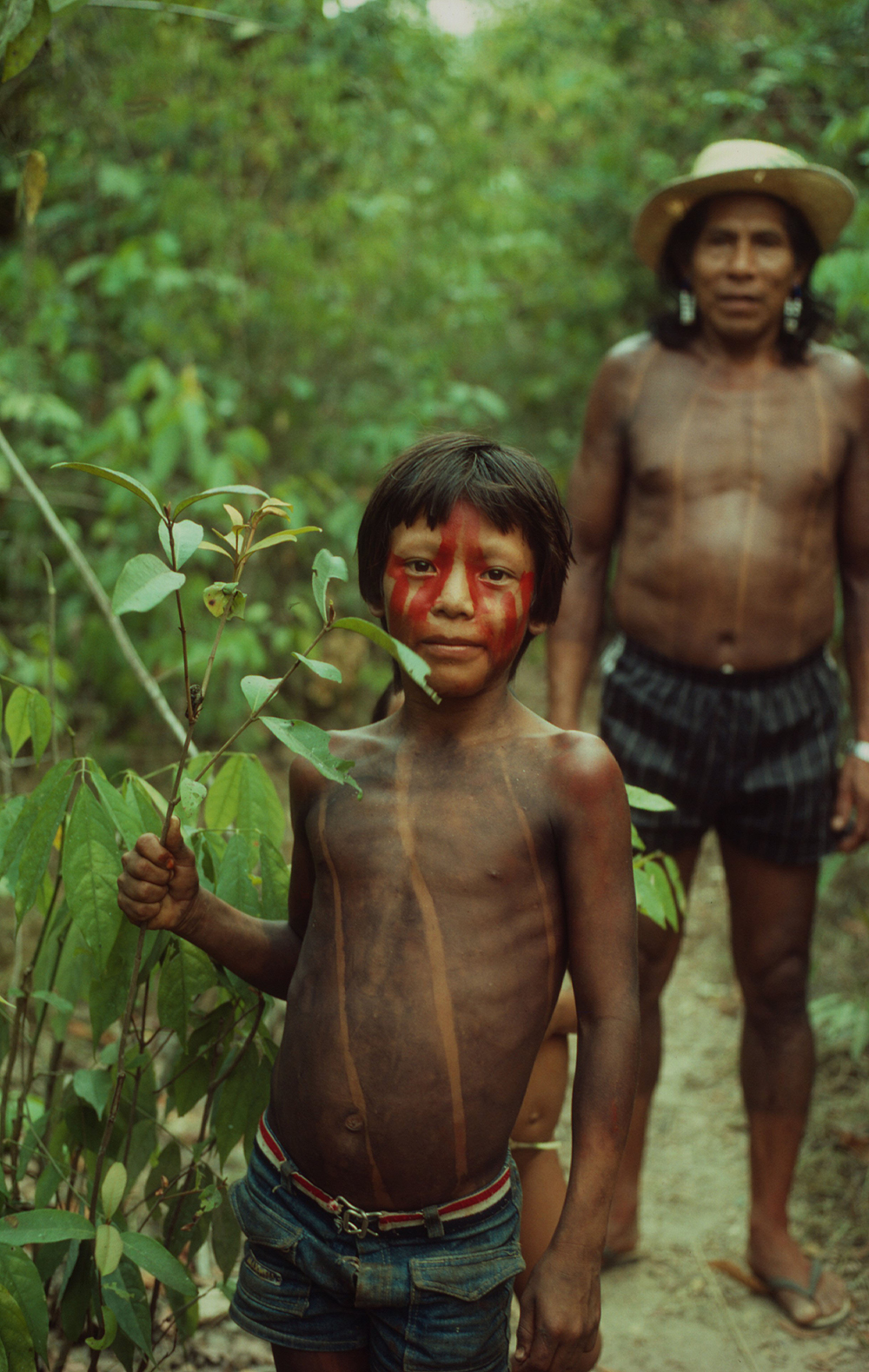
The Brazilian Amazon is home to 20 million people, many whose livelihoods depend on the region’s forests and other natural resources.
Pink River Dolphin
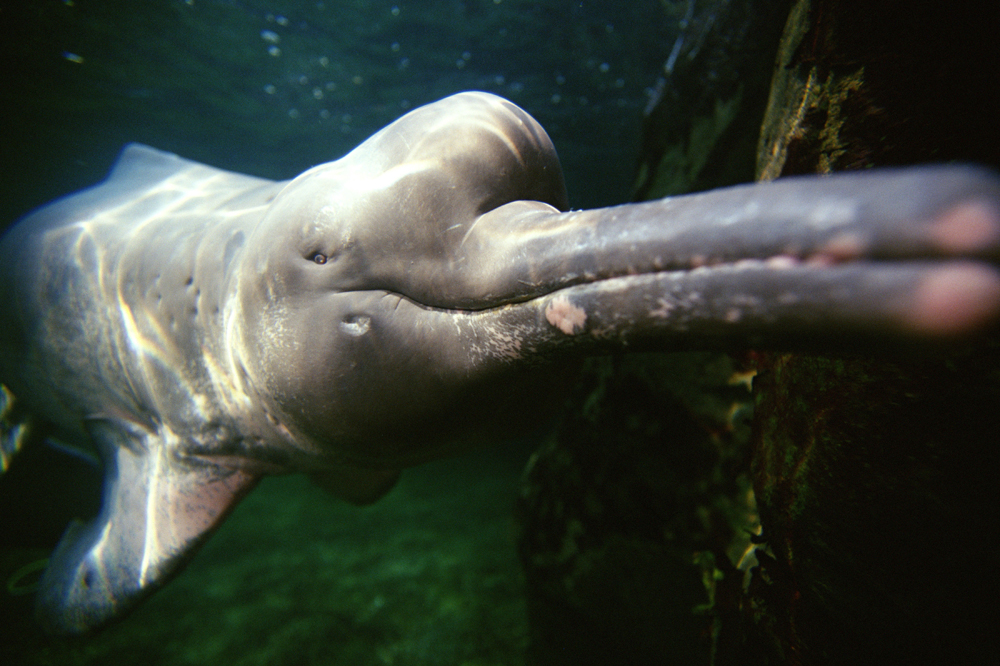
One in 10 of all known species lives in the Amazon. The pink river dolphin lives in the waters of more than half of the protected areas under this program.
Harvesting Nuts From The Amazon
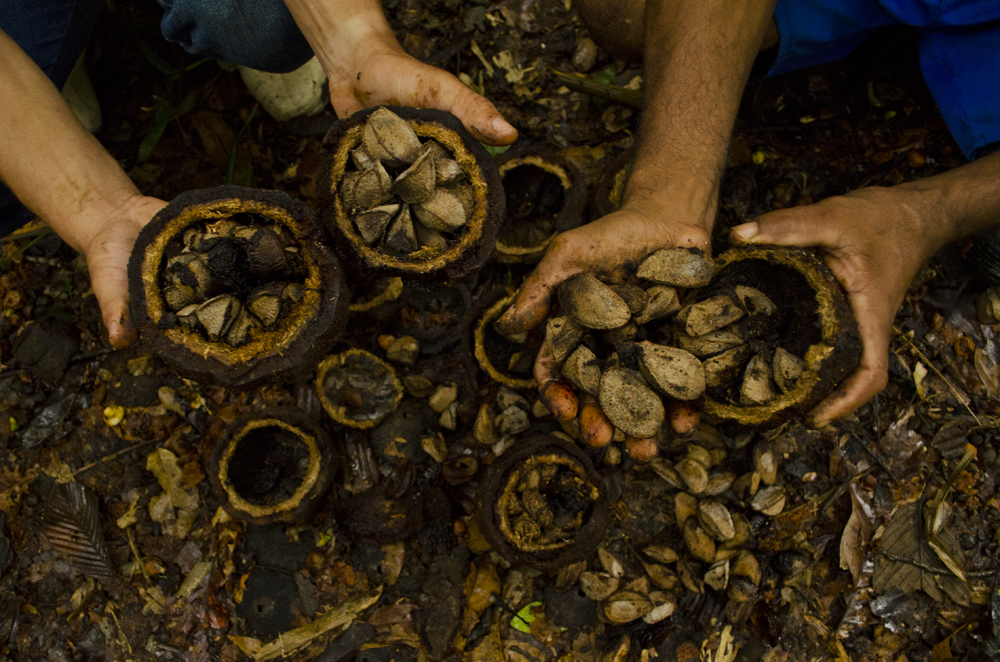
Nearly half of these protected areas are set aside for sustainable uses that benefit local communities (e.g., harvesting rubber and nuts).
Palms in Brazil

This network of protected areas and funding mechanism can serve as a model for other countries seeking innovative means for creating and funding protected areas.












